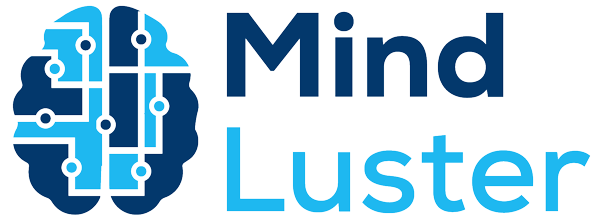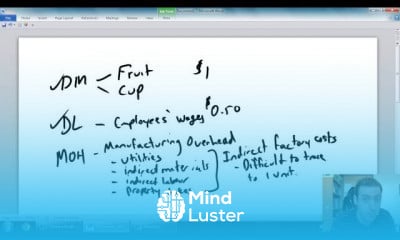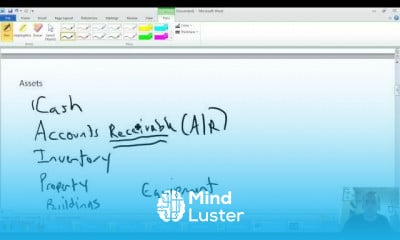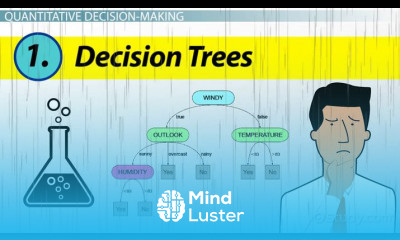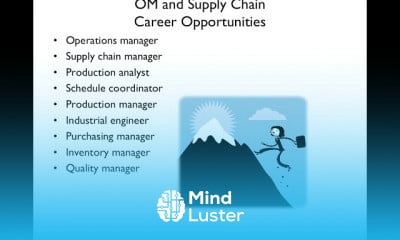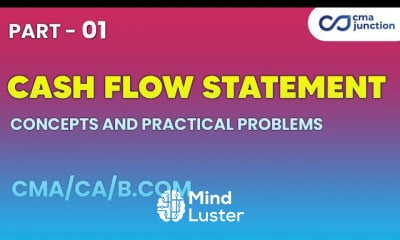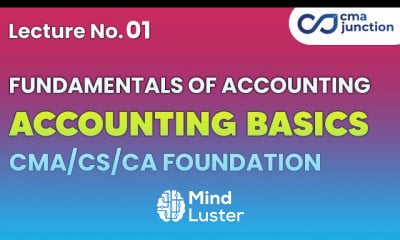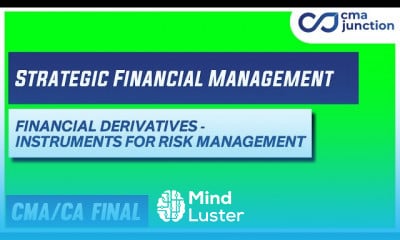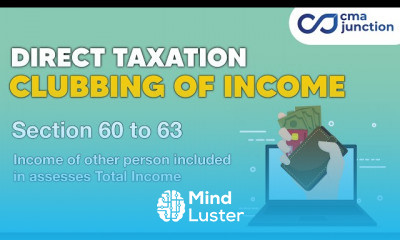Organizational Diversity
Share your inquiries now with community members
Click Here
Sign up Now
Lessons List | 16
Lesson
Comments
Related Courses in Business
Course Description
Fundamental Concepts of Organizational BehaviorOrganization Behavior is based on a few fundamental concepts which revolve around the nature of people and organizations.
The fundamental concepts of organizational behavior are;
Individual Differences.
Perception.
A Whole Person.
Motivated Behavior.
The desire for Involvement.
The value of the Person.
Human Dignity.
Organizations are Social System.
Mutuality of Interest.
Holistic Concept.
Individual Differences
Every individual in the world is different from others.
Science supports this idea. Each person is different from all others, probably in a million ways, just as each’s DNA profile is different.
The idea of the individual difference comes originally from psychology. From the day of birth, each person is unique, and personal experiences after birth tend to make people even more different.
Perception
Peoples’ perceptions are also different when they see an object. Two people can differently present the same object. And this is occurring for their experiences.
A person always organizes and interprets what he sees according to his lifetime of experience and accumulated value.
Employees also see work differently for differ in their personalities, needs, demographics factors, past experiences, and social surroundings.
Learn more
A Whole Person
An employee’s personal life is not detached from his working life.
As an example, A women who attend the office at 9:00 AM is always anxious for her children’s school time (if her kids can participate in the school or not).
As a result, its impact falls on her concentration that means her working life.
For this reason, we cannot separate it. So the manager should treat an employee as a whole person.
Motivated Behavior
An employee has so many needs inside him.
So, they want to fulfill those needs. That’s why; they had to perform well in the organization.
Some motivations are necessary to enrich the quality of work. A path toward increased need fulfillment is the better way to enhances the quality of work.
Desire for Involvement
Every employee is actively seeking opportunities to work to involve in decision-making problems. They hunger for the chance to share what they know and to learn from the experience.
So, the organization should provide them a chance to express their opinions, ideas, and suggestions for the decision-making problem.
A meaningful involvement can bring mutual benefit to both parties.
Value of the Person
An employee wants to be treated separately from another factor of production, (land, capital, labor).
They refuse to accept the old idea that they are just treated as economic tools because they are the best creation of Almighty Allah.
Trends
Master graphic design techniques
Accounting
Graphic Design | Photoshop
UX design career in 2025
Graphic design mockups
Accounting Finance course
Excel Accounting and Finance course
Advanced graphic design techniques
Make money as a freelance designer
Web Design Using HTML CSS
Figma Signing Up and Signing In
Web Design for Beginners
Logo Design
Web Design 101 Free Full Course
Illustrator 3D design for beginners
Graphic Design Basics
Financial Accounting
company accounts fundamentals
Illustrator for logo design beginners
UX UI design
Recent
French with video and pictures
French vocabulary with videos
Everyday french with videos
French vocabulary with pictures
Weekly french words
French listening practice
French holiday vocabulary
French numbers for beginners
French listening comprehension
French self introductions
French conversational phrases
Common french words
Daily french conversations
Basic french vocabulary
Essential french vocabulary for beginners
French words to pronounce
French holiday words
French Pronunciation basics
Advanced french listening
Intermediate french listening
